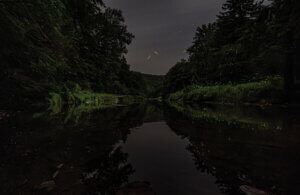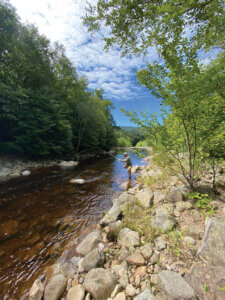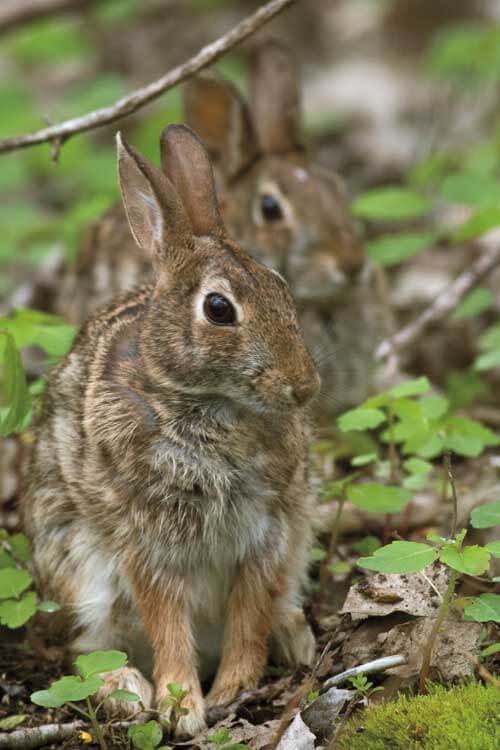
One of the oldest pursuits in the Appalachian Mountains, trapping looks for a new generation to carry on its legacy.
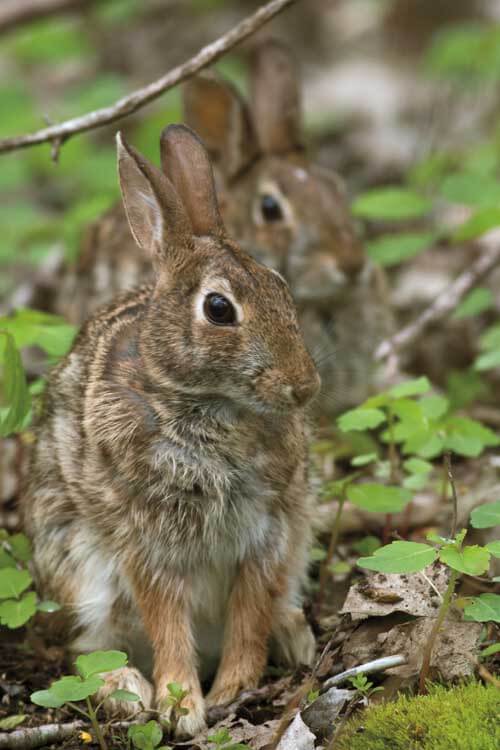
For an occupation that’s been around since the earliest days of human existence, trapping is still pretty misunderstood. “People think it’s easy,” says John Pingley, president of the West Virginia Trappers Association. “They think you can set up a whole bunch of traps around and catch a bunch of animals.”
But the age-old sport is hardly a quick thrill. “It’s like laying a 50-cent piece on the ground and making the animal step on it,” he says. “With hunting, you can shoot a deer from five or 300 yards. You can see it. Sure, there’s a challenge in that. But with trapping, it’s a one-on-one game and you’re trying to make it step in a specific spot.”
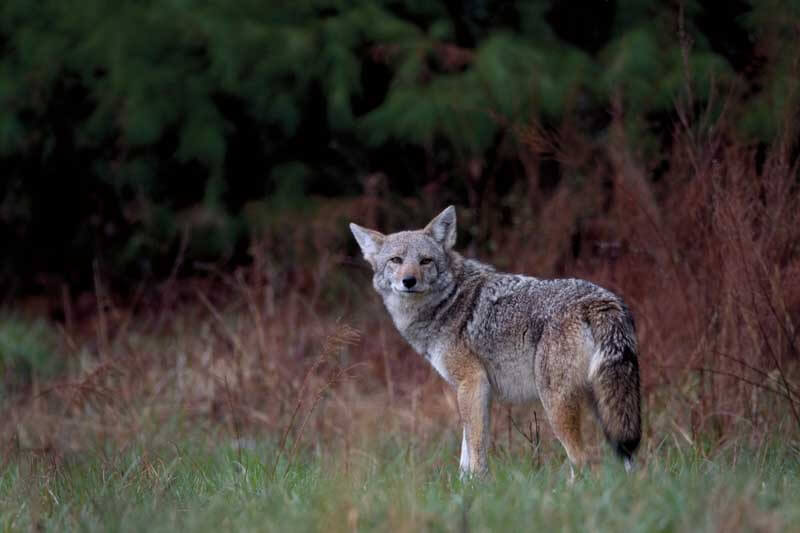
The work begins long before any trap is set. Trappers first have to find an area with a sufficient number of animals—and secure permission from the landowner to set traps there—and figure out exactly where the prey travels.
Now it’s time to pick a trap. There are snare traps, where animals get caught with a cable, or foothold traps, which closes across the pad of the prey’s foot. Body grippers work similar to an old-school mouse trap.
Trappers set and camouflage the traps while trying to avoid putting any human scent on the devices. They stake the traps to the ground and tag each one with their name and address. Then, all that’s left to do is wait and see if they’ve done everything correctly.
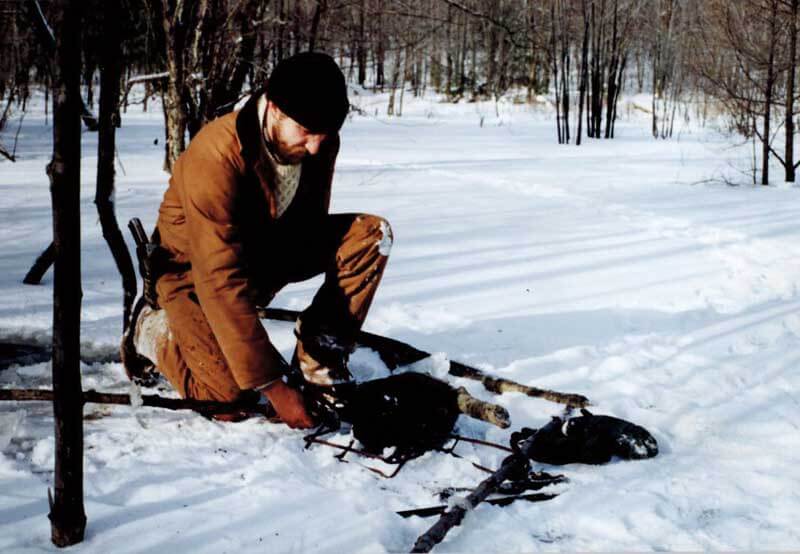
It took Pingley years to perfect the craft. He started at around 8 years old, growing up in the tiny town of Jacksonburg, Wetzel County. No one trapped in his family, but his grandfather hunted opossum. One day he brought home a ‘possum that had been hit by a car, so Pingley decided to skin it and sell it for 50 cents.
That transaction ignited a lifelong passion for trapping. “A neighbor showed me a little about how to catch opossums and muskrats,” says Pingley, who’s now 55 and the owner of John Pingley Botanicals and Furs in Riverton, Pendleton County. “I then bought the book Trapping North American Furbearers by Stanley Hawbaker, read it, reread it, and just wore it out.” Reading about frontier legends Kit Carson and Daniel Boone inspired him, too.
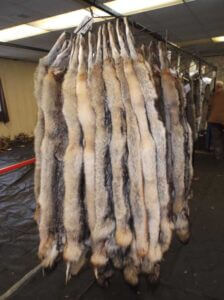
Although none of Pingley’s relatives trapped at the time, his mother, Elnora, and brothers soon joined him in his newfound pastime. “As we got more and more into it, she started trapping and spending more time with me and my two brothers. I think if we’d been the same age, she would have outtrapped me.”
Elnora Pingley was in her 50s at the time. She’d make sure the fur was neatly sewn and looked as clean as possible before selling it. Later, she visited Colorado, Wyoming, and Mississippi on trapping trips and would even attend state and national trapping conventions.
Pingley’s experience is the sort of tight-knit family bonding that trapping enthusiasts promote as they try to draw more people to the sport. “The number (of trappers) have declined over the past few decades,” says Rich Rogers, furbearer program coordinator for the West Virginia Division of Natural Resources. “We have an aging population of trappers and a culture that’s changing with kids who don’t want to get out as much. We’re fighting a lot of things to keep these old traditions alive and well.”
More Than the Money
Another reason for those declining numbers is the price of fur. During the fur boom of the 1970s and early 1980s, a raccoon pelt sold for around $50. But fashions changed, slowing the market. Today, a raccoon skin might get only $5.
Rogers and Pingley compare the global fur market to watching stock prices. “It’s all driven by a world economy,” Pingley says. “You might not think Russia or Greece or China could affect the fur market here, but it does.”
And fashion remains a big determining factor. For instance, countries in colder climates may import more fur if they’re experiencing a colderthan-usual winter season. “It depends on what people want around the world,” Rogers says.
Suffice it to say, the trappers who have stuck with the sport aren’t in it for the money. “Most people who trap have a real interest in history and tradition,” Rogers says. “There’s a keen interest in what our ancestors did—the history of it and how people got by. In a state like West Virginia, that’s a strong connection.”
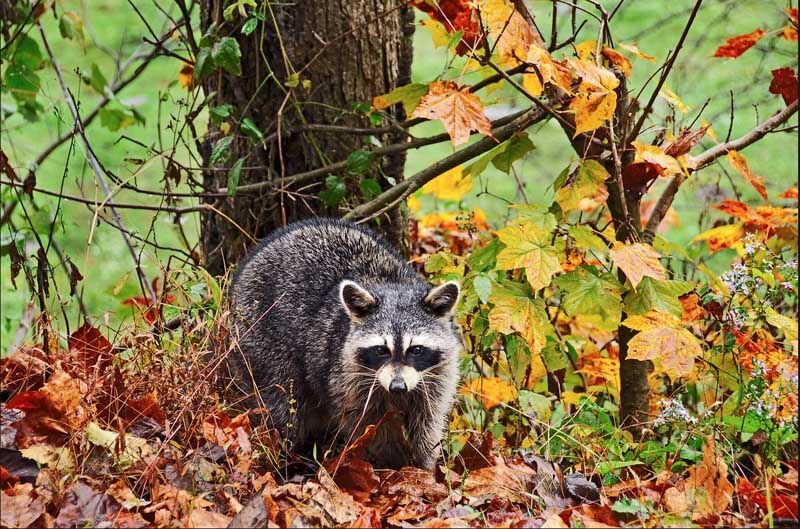
Trapping dates back as far as the Neolithic Age, around 5,000 B.C., when hunters first used traps to catch prey for food and fur. And, of course, much of North America’s early economy was based on Native Americans’ mastery of trapping and the European fur trade. “People came to the U.S. for fur and gold,” Rogers says. His own family has records going back to Nova Scotia in the 1600s, when trappers sent pelts to France.
Over time, habitat destruction and overharvesting in West Virginia led to dwindling populations of certain commonly trapped species. “Trapping went from a pioneer mentality to a sky’s-the-limit approach,” Rogers says. “That led to problems.”
The 1930s and 1940s saw the rise of wildlife management solutions, which reintroduced beaver and other species to the state. Now, animal populations are stable. But it seems trappers might be the dying breed.
Keeping the Tradition Alive
Rogers estimates there are between 8,000 and 10,000 active trappers in West Virginia, based on recent surveys. “We don’t have a separate trapping license, so we don’t know.” One thing is clear—there are far fewer trappers than during the peak of the fur boom.
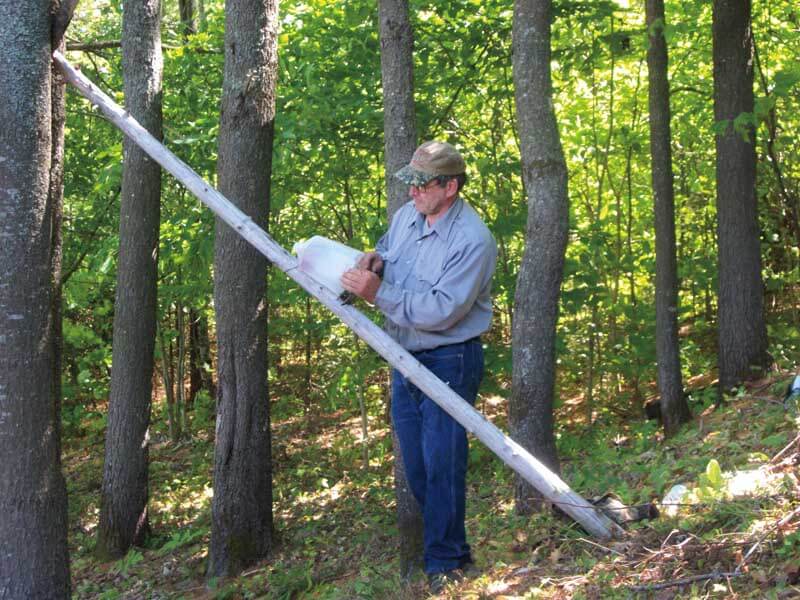
The trapping community is finding it more challenging to bring younger generations onboard. “The mentoring isn’t there, anymore. A lot of kids don’t have dads or uncles to take them out.” And even if they successfully recruit new trappers, it takes years of practice and precision to be good at it.
This is where Pingley and his group, the West Virginia Trappers Association, now hope to fill a void. Founded in 1967, the group was created to spread education and awareness about responsible trapping. It holds an annual convention and also hosts fur sales.
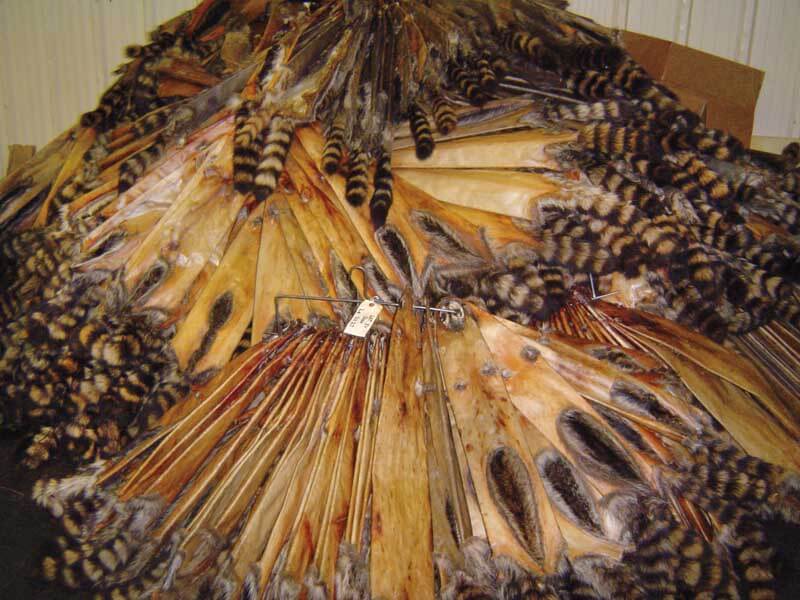
“We try to include everyone,” Pingley says. “We had several women attend our convention for the first time last year. It’s not all about smelly things and a bunch of old boys sitting around smoking on a pipe telling stories.”
written by Jake Stump




